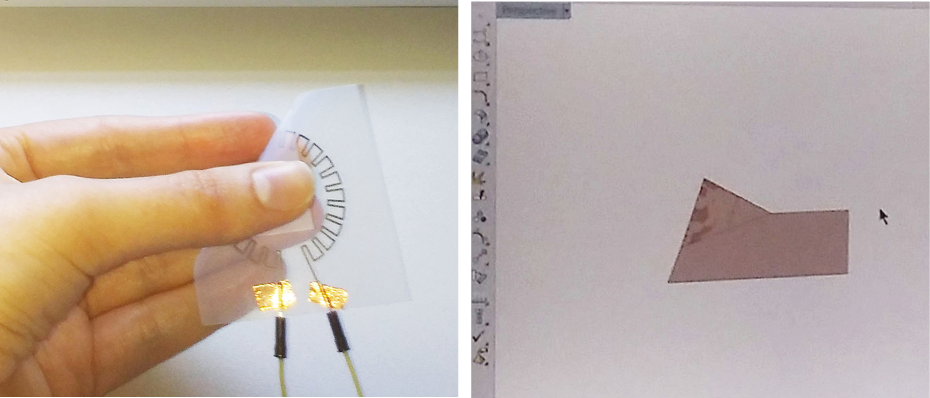
The products that we use are already getting smarter, what about the processes of how we make them? Digital fabrication is considered as a “smart” way to produce artifacts, because the same design can be be reproduced in vast amounts, or customized in terms of size, color and material with precision. Despite this variety, digitally produced artifacts do not seem unique. They lack the intricacies of crafted artifacts, such as slightly varying texture due to the material’s intrinsic properties or an imperfect stroke of the craft tool, because digital processes are standardised by eliminating such serendipitous events of manual making.


Smart making defines combining the qualities of manual making, such as intuition, improvisation and serendipity, with the qualities of digital making, such as reproducibility, scalability and customizability. Accordingly, smart making aims to invent new making processes through which unique products with craft intricacies are digitally fabricated.